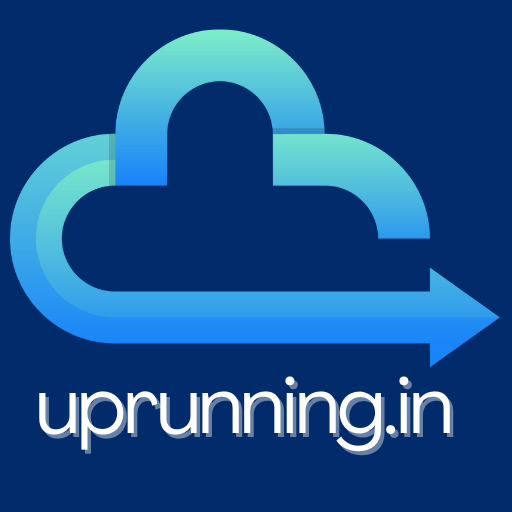Enterprise AI is no longer a futuristic ambition—it’s a business imperative. But building AI from scratch isn’t always feasible, especially when you’re racing against time, cost, and compliance constraints. That’s where pre-built foundation models come in.
With Azure AI Foundry, Microsoft makes it incredibly easy to integrate cutting-edge AI models—like GPT-4, LLaMA2, or Mistral—directly into your enterprise solutions, from CRMs to chatbots to business analytics tools.
Let’s break down how you can plug these models into real-world systems securely, scalably, and intelligently.
🧠 Why Use Pre-built AI Models?
Pre-trained models, especially Large Language Models (LLMs), have already learned patterns across massive datasets. This gives them general intelligence for tasks like:
- Summarization
- Question answering
- Sentiment analysis
- Document classification
- Code generation
- Image captioning
🏢 Real-world example:
A global consulting firm integrated GPT-4 into their internal knowledge base, reducing research time for employees by over 40%.
🏗️ Azure AI Foundry’s Secret Sauce: Integration Made Easy
Azure AI Foundry acts as a wrapper and orchestrator around these foundation models. It gives developers and architects all the tools needed to plug models into:
- Web apps
- Mobile apps
- Internal tools (Power BI, Teams, SharePoint)
- Customer-facing platforms
🔌 Integration Blueprint: Key Components
1. Foundation Model Access
Available out of the box via Azure OpenAI Service and OSS model registry:
- GPT-4, GPT-3.5
- Codex
- LLaMA 2
- Mistral
- Phi-2 (lightweight models)
Use simple REST APIs, Python SDK, or within Azure AI Studio’s Prompt Flow UI.
2. Business Data Context with RAG
Retrieval-Augmented Generation (RAG) lets you plug enterprise data into pre-built models.
Example Use Case:
Feed SharePoint docs into Azure AI Search → index with semantic vectors → connect to GPT-4 using a grounding prompt → boom, your AI has enterprise IQ.
3. Application Layer Integration
Choose your interface:
| Interface | Tool/Stack |
|---|---|
| Chat Interface | Teams, Power Apps, Web Chat |
| API Endpoints | Azure API Management + Logic Apps |
| Embedded UI | React, Blazor, Power Pages |
| Line-of-Business | Dynamics 365, SAP, Salesforce |
4. Security & Governance
Azure AI Foundry ensures:
- Token control via Azure AD (Entra ID)
- Data masking and PII redaction
- Model logging for audit and compliance
- Integration with Microsoft Purview
🔐 Pro Tip: Assign fine-grained access per model or app via RBAC to control costs and usage patterns.
💼 Real Enterprise Use Cases
✅ Legal Document Insights
A legal firm plugged GPT-4 into their document management system. By adding RAG with Azure AI Search, their copilot could answer case-specific queries based on indexed contracts and memos.
✅ Customer Support Enhancement
An e-commerce company connected GPT-3.5 to Zendesk data. The AI model now drafts ticket replies, summarizes issues, and suggests next actions—cutting response time by 60%.
✅ Finance Assistant in Teams
A financial enterprise embedded an AI assistant in Microsoft Teams that summarizes weekly financials, forecasts sales, and answers ad hoc questions using GPT-4.
📦 Deployment: From Dev to Production
- Build and test the prompt in Azure AI Studio
- Package the solution using Prompt Flow or Azure ML Pipelines
- Expose as an API via Azure API Management
- Monitor using Azure Monitor and gather user feedback
- Iterate based on telemetry and prompt regression testing
⚙️ Low-Code Option: Power Platform
For business users, you can even integrate foundation models into:
- Power Automate flows
- Power Apps (via custom connectors)
- Power Virtual Agents for chatbot copilots
🛠️ Use case: A HR team uses Power Virtual Agents + Azure OpenAI to generate personalized onboarding messages and answer HR policy questions.
📈 Metrics to Monitor
Track these KPIs to validate success:
- 🎯 Model accuracy (via prompt scoring)
- 📉 Latency and response time
- 🧠 User feedback (thumbs up/down)
- 🔁 Usage patterns by department/team
- 🔒 Security and compliance logs
🧭 Final Thoughts
Integrating pre-built AI models doesn’t mean sacrificing control or context. With Azure AI Foundry, you get the best of both worlds:
- World-class LLMs
- Deep enterprise integration
- Full visibility and governance
- Flexibility to customize or scale
🌟 Pro tip: Start small (internal assistant), prove value, then scale across lines of business with shared templates and prompt libraries.
![]()

Leave a Reply